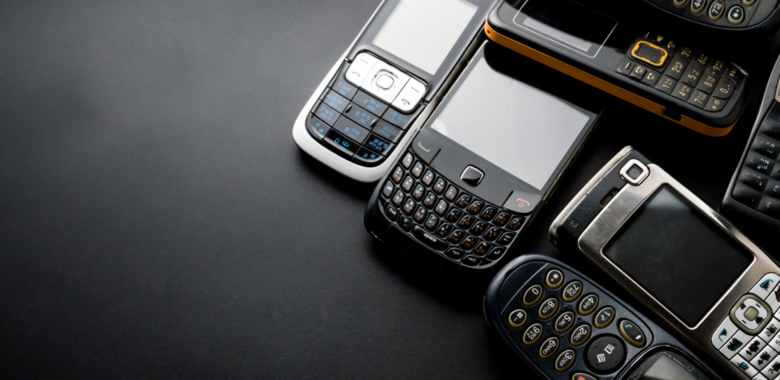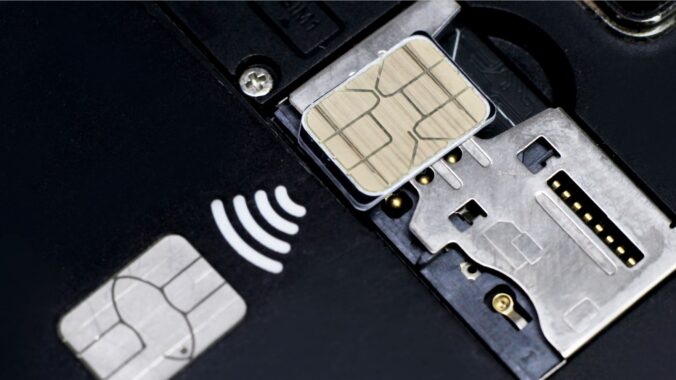Imagine life without your mobile phone… almost impossible, isn’t it?
Well, believe it or not this month marks 50 years since the first ever mobile phone call was made. In a relatively short space of time, mobiles have become our tool for almost everything – whether it’s for managing our finances, taking pictures, managing work emails, WhatsApping friends – and of course, taking phone calls.
To mark this occasion, we’ve tracked some of the biggest mobile milestones in the past half century – with some of them definitely bringing back nostalgic memories.
1973 – The first mobile phone call
On April 3, 1973, Martin Cooper made the first handheld cellular phone call while walking between 53rd and 54th streets in New York City – using a phone weighing in at a hefty 2 ½ pounds.
Cooper, a Motorola engineer, used the opportunity to call his rival, Joel Engel of Bell Laboratories at AT&T, to declare that his Motorola team had beaten them in devising a functional portable phone.
Hard to believe that 50 years later, Martin Cooper was at this year’s Mobile World Congress predicting that the next generation will have phones embedded under their skin!
1983 – Motorola launches the first hand portable mobile phone
Motorola took the 80s by storm when it launched the DynaTAC 8000X, the world’s first hand portable mobile phone – which have since become quite the collector’s item!
1992 – First text message
On December 3 1992, test engineer Neil Papworth sent the world’s very first text message. Sent to Vodafone director Richard Jarvis, the text message read… Merry Christmas.
1997 – Mobiles get a splash of colour
Hard to imagine now, but there was a time when having just four colours on your screen was considered a game changer. In 1997 Siemens launched the S10, the first mobile that could display colour – four colours that is (red, blue, green and white).
1998 – Customizable cases
The Nokia 5110 was the first phone with interchangeable cases or fascias as they were then known. This started a trend, and customers soon wanted a mobile that could be customisable.
2000 – The world’s first camera phone
In June 2000, Samsung released what many have deemed to be the first camera phone. Released initially in South Korea, the Samsung SCH-V200 flipped open to reveal a 1.5-inch TFT-LCD, and a built-in digital camera capable of taking 20 photos at 350,000-pixel resolution (0.35-megapixels).
2001-2003 – The arrival of 3G
Japan was the first country where you could get a mobile on the new 3G network thanks to NTT DoCoMo. It wasn’t until 2003 that it made its way over to the UK. Fittingly on the 3/3/03 Hutchinson Telecom announced the UK’s first commercial third generation – aptly named, 3.
2007 – The iPhone ushers in the era of the smartphone
The very first iPhone went on sale in June 2007, and marked the era of the smartphone. Designed to be a combination of the iPod, a mobile phone and a breakthrough internet communicator, it contained many features considered groundbreaking at the time, but that we all take for granted today.
2011 – Siri makes voice assistance mainstream
Siri made an entrance on October 4, 2011 and became the first modern digital virtual assistant installed on a smartphone – coinciding with the launch of the iPhone 4s.
2018 onwards – Entering the eSIM era
Embedded SIMs (eSIMs) have been a focal point of discussion for a while now – since 2018 all new Apple phones have had an eSlM capability.
2019 – 5G goes mobile
The Samsung Galaxy S10 5G became the first commercially available phone on the 5G network.
2022 – The arrival of the iSIM
Thales delivered the world’s first smartphone demonstration of iSIM technology alongside Vodafone and Qualcomm Technologies. Thales has also partnered with two major IoT chipset makers targeting commercial products in 2023.
The future?
In the past 50 years the mobile has certainly evolved from making phone calls, through to being a portable computer that fits in our pockets. So where will the next 50 years take us? Would love to hear your ideas in the comments below.



